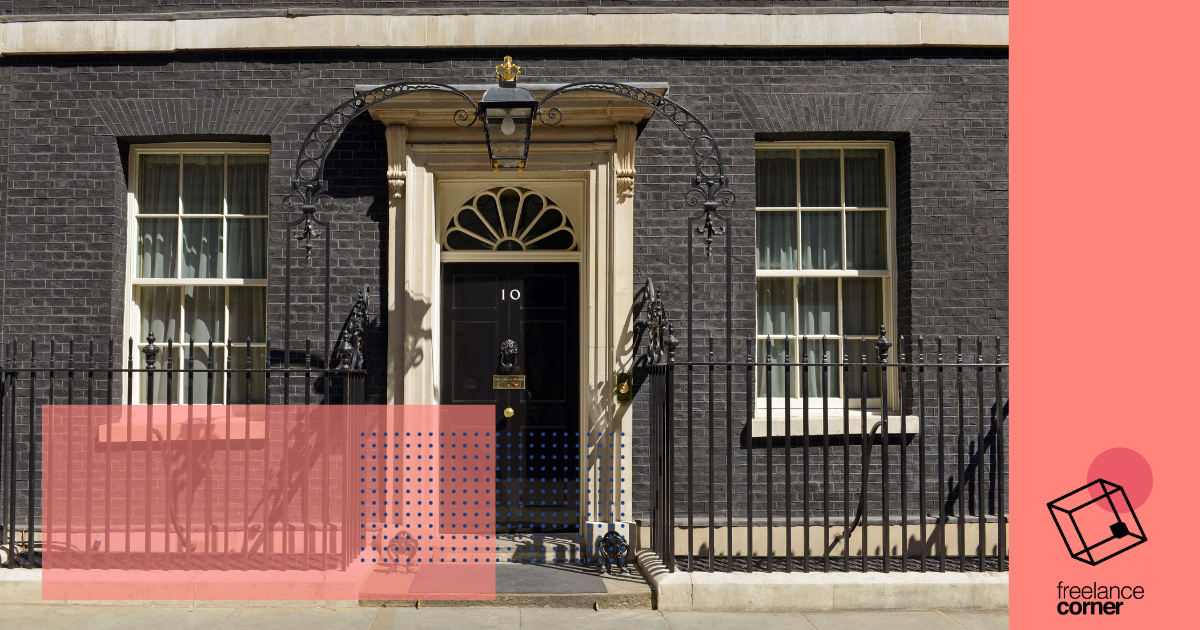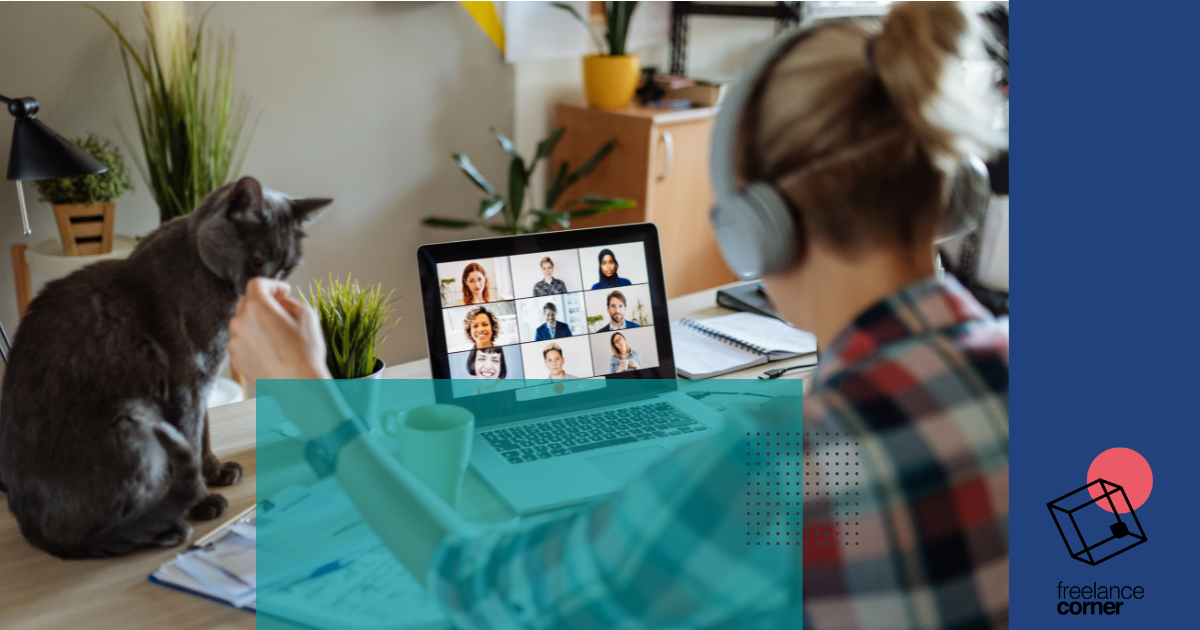The self-employed community is full of fascinating people whose experiences offer inspiration and advice. In our My Freelance Story interviews, we chat with individuals working across a wide range of professions to find out how they got started, what their daily routine looks like, and the lessons they’ve learned. And having worked for major broadcasters and companies around the world, we spoke to videographer and editor Tom Rayner about his career.
How long have you been self-employed? What were you doing before?
I have been self-employed for eight years producing video news features and covering press events. Before that, I began working as a video journalist for the Press Asssocation, and then for the Associated Press new agency.
Why did you choose to become a freelance videographer?
For the flexibility and freedom to cover the stories I wanted to shoot. It has also given me the ability to travel the world, producing content from Ecuador, Belgium, Italy, the USA and many other countries.
What does your typical day look like?
When I’m not out shooting video I’m always on the hunt for interesting features to shoot. I’ll typically scan through four or five newspapers for ideas about upcoming and contemporary news features. Stories about the environment, food trends, upcoming historic anniversaries, trade events and animal stories all play well, so I’m particularly honed into these areas.
When I’m shooting the days are long and often fairly frantic, as working for a news agency means a fast turnaround time to stay competitive.
What skills or talents does a good videographer tend to have?
A good video journalist needs an eye for attractive pictures, and plenty of variety in shots. You need to be personable and friendly to set up interviews and to put your interviewee at ease, while at the same time gently steering them to give you the soundbites you need for the feature. Telling a story primarily through pictures is a different way of thinking and long experience teaches you what shots you need and the order they need to be edited in order to create a compelling narrative. Good editing skills are essential, and I’ve acquired a high-level of competence in software like Adobe Premiere.
Are there any qualifications required to become an videographer? Or any that can help secure more clients or higher rates?
When I was working for the Press Association, they paid for me to undertake a diploma in Broadcast Journalism. It was an amazing course that taught me the basics and beyond. However, formal qualifications are not a requirement. More important is an eye for a good story, your own gear and the ability to shoot compelling content.
How do you tend to find clients? Has that changed over time?
My primary client is the Associated Press, for whom I was a former staff member. However, I’ve branched out over the years and have filmed content and interviews for television news stations across the world, including the BBC, Al Jazeera and Euronews. Through contacts in the industry, I’ve also been contracted to produce bespoke content for private organisations like the Wikipedia Foundation, and also within the banking sector. On the press beat I’ve gotten to know many PRs who are always looking for video content for their clients, particularly in the coverage of product launches including for Rolls-Royce and Puma.
Every time I visit a new business, like a restaurant or café, I will always have a look at their social media output. Very often, there’s a lot more they could be doing to engage with potential customers. I’ll often email them with ideas for potential video content they could use on their social networks. I think they like the fact that I’ve visited their business as a customer and experienced it from that side first.. so I’m able to make my approaches more genuine and sincere. I’ll often have ideas they have never considered, and this way I have found clients at times when I least expected to.
What are your favourite freelancing tools and equipment? Is there anything special or unusual about your workspace? Do you prefer to work with music, background noise or pure silence?
My favourite piece of equipment is my camera, it’s essential to everything I do. Over the 20 years I’ve been working, cameras have become more powerful and (more importantly) smaller and lighter. I began shooting with heavy shoulder-mounted broadcast cameras on digiBeta tapes that could only shoot in standard definition. My current kit weighs a tenth of this and is powerful enough to film 6K content.
The job involves lots of driving, Peterborough is a good starting base for most UK coverage but in the last year I’ve filmed in northern Scotland, Newcastle and Canterbury for example. I’ve found Audible books are invaluable for these long drives.
What are your proudest moments or biggest achievements since becoming freelance?
The ability to find stories anywhere on the globe is one of the most exciting parts of my freelance work. I’ll always remember a trip to Ecuador’s Amazon rainforest for a series of wildlife stories. The hot, humid conditions as well as the torrential rains are a challenging environment in which to work. However, I delivered some rare close-up footage of the endangered spectacled bears who had just had cubs. I was very proud of the images I captured of this elusive species.
And what’s the biggest lesson you’ve learned from freelancing?
Streamlining is the biggest lesson I’ve learned. There is always a temptation to pack one extra lens, to shoot one more sequence or to ask one more question in an interview. Streamlining has made my kit lighter, more portable and enables me to shoot for longer without tiring as well. Streamlining has also speeded up my editing process so I can deliver stories faster and more efficiently.
What advice would you give to someone who wants to become a freelance videographer and editor?
Watching television and critically analysing every shot is essential. It might spoil your favourite shows at first, but it eventually becomes second nature. The television has some of the best and most inventive film-making and is the perfect way to inspire your own film-making.
The other key area is to learn how to light. Good lighting can make or break an interview. Luckily practicing the basic three-light set-ups is something you can do in your own home with the help of a willing family-member or friend.
How can you see freelancing changing in the future for videographers and editors?
There has been an explosion in people requiring video content. Whether it’s to advertise their business, or for YouTube content creators. Every business now needs a strong online presence if it’s going to succeed and the best way to get your message across on the social networks is still video. I am diversifying my client base to include more private businesses who need catchy, engaging video advertisements most often for Facebook marketing campaigns.
What’s the best thing about being freelance or self-employed?
The variety. No two days are ever the same and there’s never been a risk of getting stuck in a rut. I have to constantly keep pushing myself and exploring new opportunities which is exciting and rewarding.
If you’d like to find out more about Tom and his work, or want to contact him for a potential project, why not take a look at his website?
Want to read more inspirational stories from freelancers across a variety of industries and sectors? Browse our previous interviews, including;
- My Freelance Story: Freelance Coach Jenny Stallard
- My Freelance Story: Virtual Assistant Louise Richman
- My Freelance Story: Photographer Jak Spedding
- My Freelance Story: SEO Consultant Steve Morgan
- My Freelance Story: Journalist Thomas Hobbs
- My Freelance Story: Content Creator Liz Randell
- My Freelance Story: WordPress Specialist Rhys Wynne
- My Freelance Story: Nail Technician Jade Conneely
- My Freelance Story: Writer and Marketer Dan Thornton
- My Freelance Story: Motorcycle Concept Visualiser Kar Lee
- My Freelance Story: Presentation Designer Illiya Vjestica
Or why not read out guides on how to become a freelance filmmaker, photo journalist or content creator?






